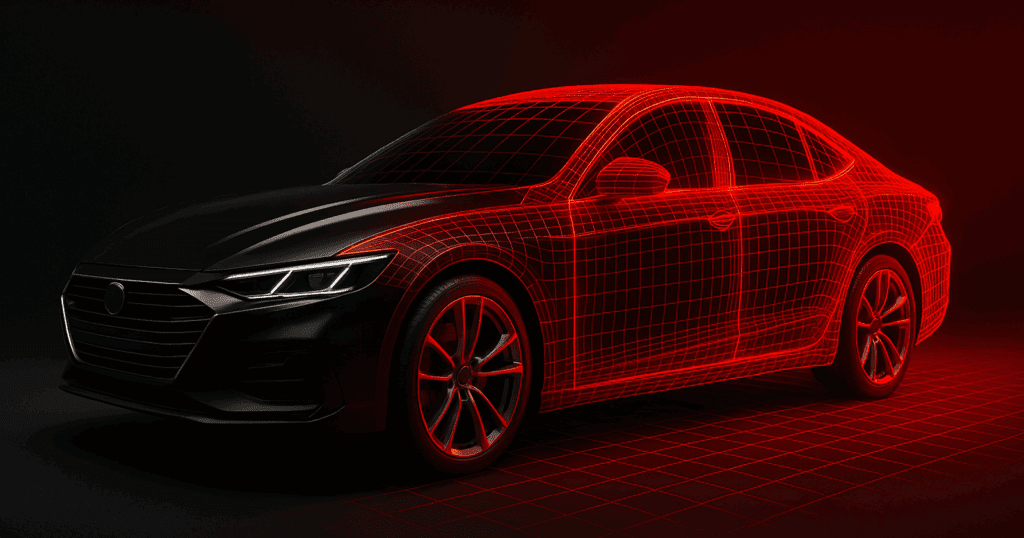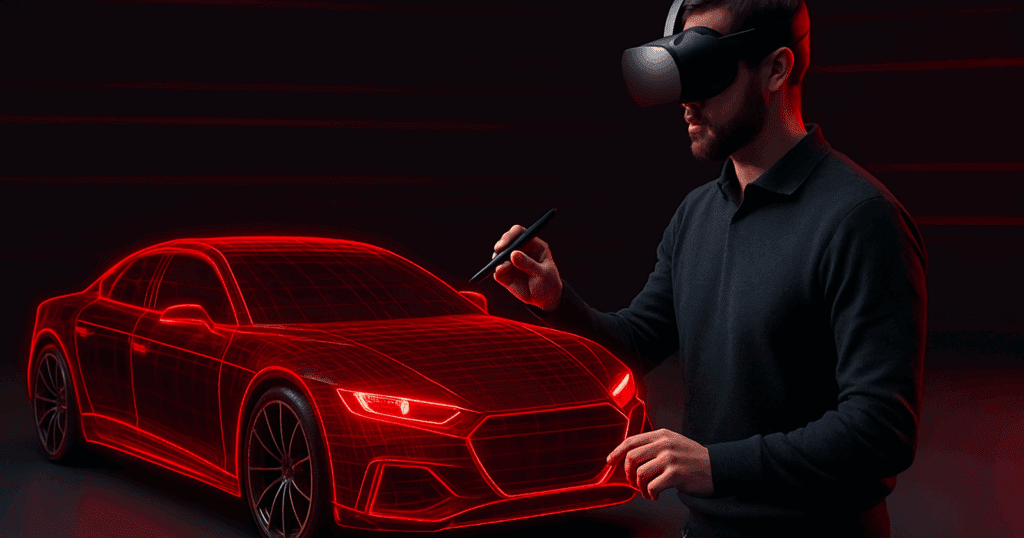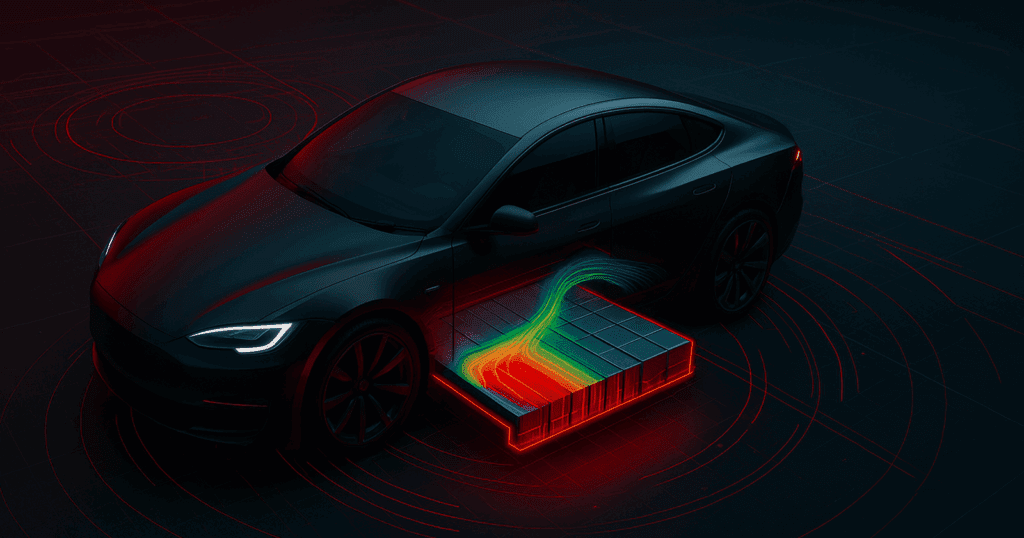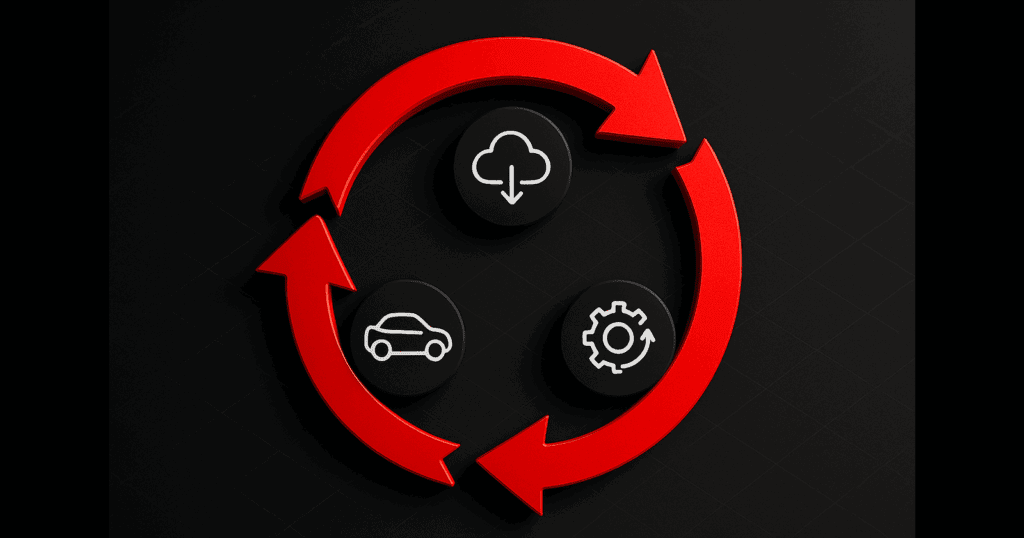Abstract
In the race to redefine mobility, speed and precision in R&D are everything. Digital twins are revolutionizing automotive innovation by giving engineers a virtual sandbox to design, test, and perfect vehicles—long before physical production begins. With the power of CATIA and SIMULIA on the 3DEXPERIENCE platform, teams can create high-fidelity digital models that integrate mechanical design, advanced simulation, and real-world data. This unified approach accelerates development cycles, reduces the need for physical prototypes, and validates performance with unmatched accuracy. From concept to road-ready model, 3DEXPERIENCE-driven digital twins empower agile, informed decision-making, reshaping the future of automotive design and pushing the limits of what’s possible.
Understanding the Digital Twin
A digital twin for vehicle design is more than a 3D model, it’s a real-time, evolving simulation that reflects the physical vehicle and its systems. It includes geometry, material properties, kinematics, electrical components, and embedded software. This virtual replica receives continuous feedback from test data, sensors, and field performance to match the real-world product throughout its lifecycle.
Unlike static CAD files or singular simulation runs, the digital twin remains “alive” throughout development and into post-production. It bridges the gap between theory and reality by offering contextual awareness and reactivity to changes in both the digital and physical spheres.
With this dynamic mirroring engineers can use a digital twin for vehicle design to test performance, durability, and safety digitally, making better decisions at every stage of R&D.
Take a closer look at Digital Twin technology and how it bridges the gap between design and manufacturing in our previous article, DELMIA Virtual Twin Experiences.
Accelerating Design Cycles
One of the biggest advantages of using a digital twin for vehicle design is how quickly it enables innovation. Traditional development often involves building multiple physical prototypes, which can be both expensive and slow. With a digital twin, those trial-and-error steps happen virtually.
Design teams can explore new layouts, run crash simulations, or adjust body panels to improve aerodynamics, all within the digital model. For instance, they can instantly test how a redesigned front bumper might better absorb impact, long before committing to a physical build!
This virtual approach reduces the need for costly early-stage testing and opens the door to more creative exploration. Engineering teams can assess dozens of possibilities at once, encouraging bold ideas without adding delays.
Electric Vehicle Innovation with Digital Twins
Electric vehicles (EVs) gain a major advantage from using a digital twin for vehicle design. Whether it’s checking how well regenerative braking works or managing heat in hot climates, the digital twin helps teams visualize and fine-tune every component.
EV designers often rely on digital twins to simulate airflow, find the best battery placement, and test control systems for managing energy use. This not only boosts performance but also helps meet regulations early in the design process.
The model can even mimic real-world user behavior, offering valuable insight into how charging routines or route choices affect energy use and battery wear over time. These insights are key to improving driving range and battery life in today’s competitive EV market.
Lifecycle Benefits from Design to Service
The value of a digital twin for vehicle design doesn’t end at launch. Once the vehicle hits the market, data from real-world use can be fed back into the twin to improve future iterations. Engineers can compare actual performance with predictions and make updates based on live telemetry.
📡 Did You Know?
Telemetry is the automatic collection and transmission of data from remote or inaccessible points to receiving systems for monitoring and analysis. The backbone of Industry 4.0 and the Internet of Things (IoT). In automotive design, telemetry allows engineers to gather real-time performance data like speed, temperature, and battery usage from a vehicle during testing or even while it’s on the road.
This live feedback loop helps teams make smarter design decisions, improve safety, and fine-tune vehicle performance with incredible precision.
Over time, this builds an archive of actionable insight:
- Production teams can identify build inconsistencies
- Service departments can predict wear patterns
- Design teams can adjust tolerances based on failure data
By closing the loop between virtual and physical, a digital twin for vehicle design enhances the vehicle’s lifecycle from concept to retirement. It supports proactive maintenance strategies, more informed recalls, and better-informed upgrades in subsequent model years.
Rising to Meet the Road: Meeting Industry Standards
A digital twin for vehicle design also helps meet changing industry standards. As rules around emissions, safety, and software become more complex, engineers need dependable tools to check compliance early in the design phase. With digital simulations and built-in data reporting, teams can use the same validated virtual model to show that their designs meet global regulations.
The benefits go beyond design and compliance. A digital twin supports aftermarket and service planning. Automakers can use insights from the model to guide technician training, plan for spare parts, and improve service tools for customers.
By connecting design, testing, compliance, and service into one digital workflow, the digital twin becomes a key resource for manufacturers striving for high quality and efficiency throughout a vehicle’s lifecycle.
Looking Forward
The automotive industry is changing fast, with drivers expecting more from their vehicles. Better safety, greener technologies, smarter software, and more as each day passes. An automotive digital twin gives manufacturers a key advantage: the ability to innovate quickly without compromising quality.
Instead of using simulation at just one stage, teams can make it part of every step in development. This allows for quicker adjustments, smarter choices early on, and faster delivery of safer, more advanced vehicles.
With increasing demands from both regulators and consumers, companies that adopt digital twin technologies aren’t just keeping up, they’re setting the pace for what’s next.
Digital twins are already transforming how manufacturers approach development. No longer a future concept, this method is now a trusted strategy that top automotive brands are using to stay competitive.
By making digital twins a core part of their process, organizations lower costs, increase reliability, and confidently meet the needs of today’s market.
Ready to Build Smarter?
Upgrading legacy systems or launching a brand-new platform? Implementing a digital twin for vehicle design can transform your development process. With the right technology and expert support, your team can accelerate R&D, enhance validation, and adopt a fully integrated design approach. Connect with our passionate automotive specialists today to discover how you can drive innovation forward in your own projects.



